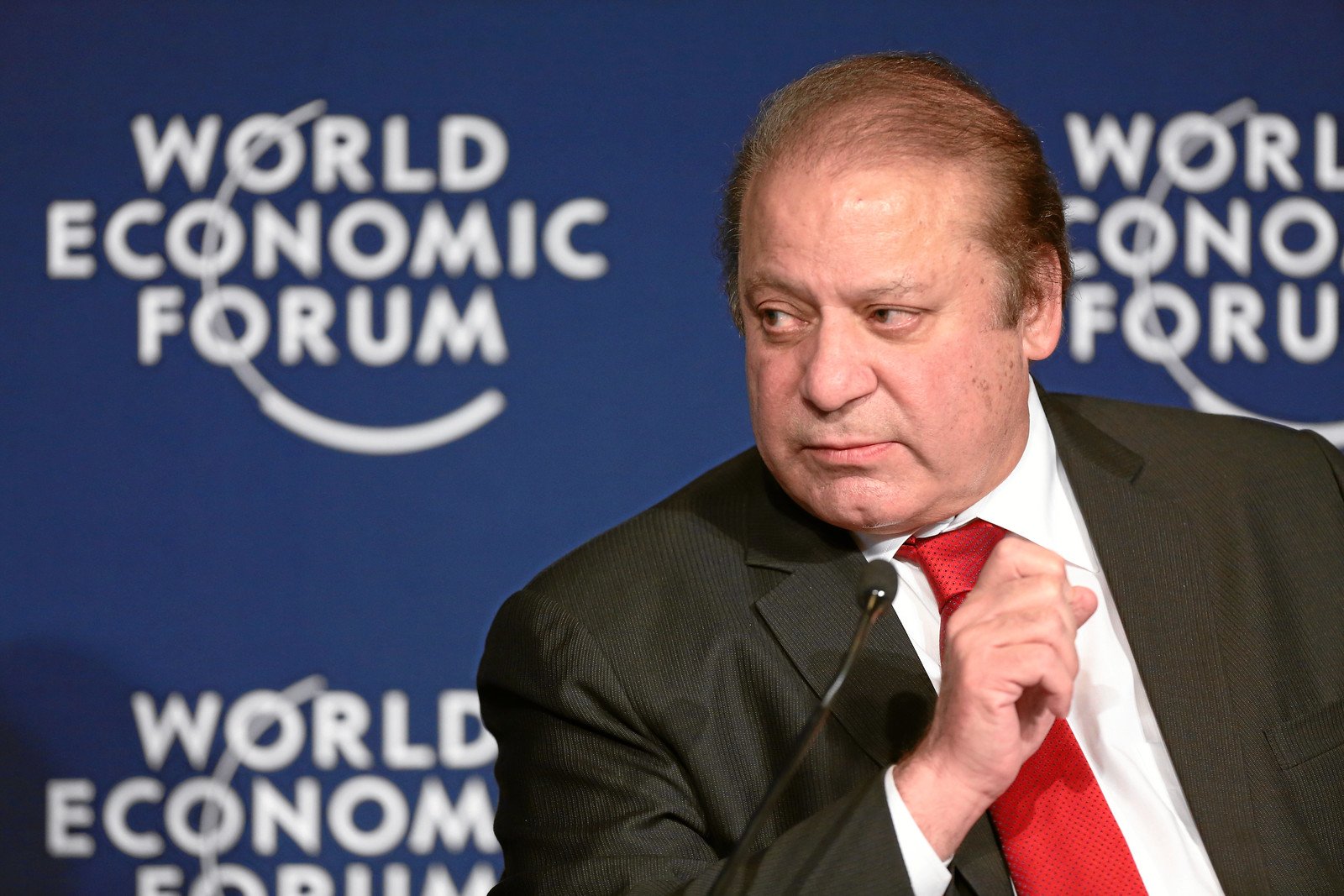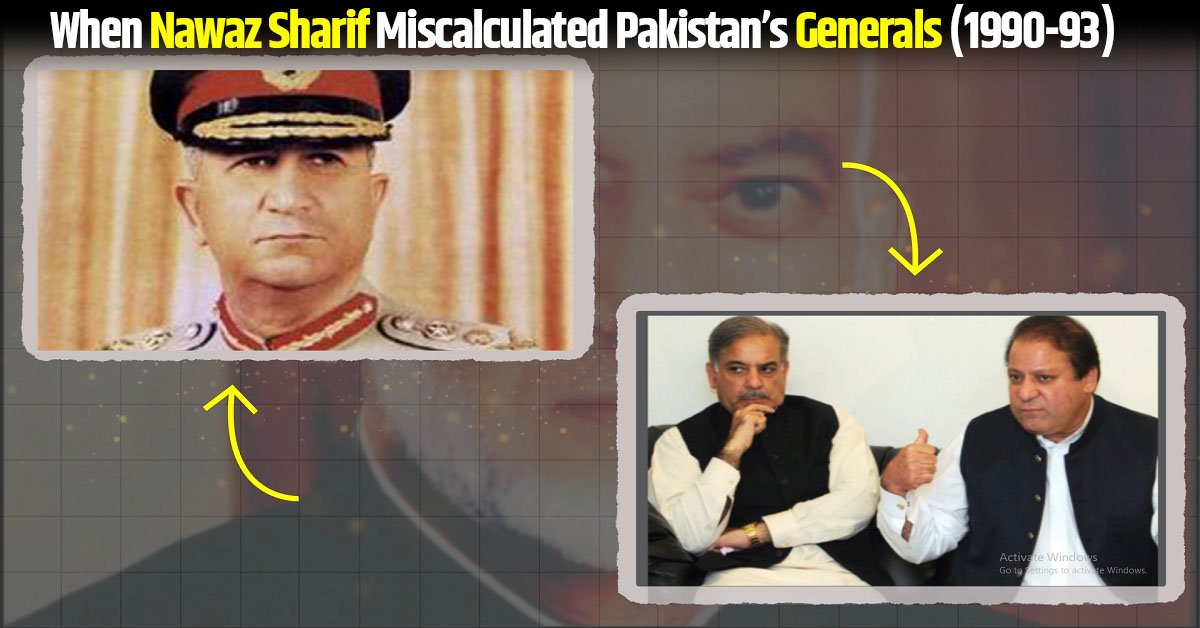Read First Part of this artilce
Start of General Asif Nawaz
In August 1991, Nawaz Sharif’s father Mian Sharif met with the newly appointed Army Chief General Asif Nawaz Janjua along with both his sons, Nawaz and Shahbaz. As soon as the meeting began, Mian Sharif addressed General Asif Nawaz in Punjabi: “These two are your minor troubles. If they say anything improper to you, let me know – I’ll set them straight.”
This introductory meeting set the tone for their relationship. General Asif Nawaz’s brother Shuja Nawaz writes in his book “Crossed Swords” that “professional generals are typically unaccustomed to such informal remarks.” Subsequently, Nawaz Sharif began inviting the Army Chief to breakfast meetings, where their conversations grew increasingly tense – Nawaz would pose probing questions while the General responded with silent yet meaningful glances, gradually eroding the atmosphere of trust between them. The dynamics established in these early encounters would significantly influence civil-military relations during Nawaz’s first term as Prime Minister.
The BMW Bribe Attempt
Shuja Nawaz writes that after this, Nawaz began encouraging other generals. He granted an extremely important business license to the brother of a corps commander general, and intelligence reports about this reached the Army Chief. Upon learning this, the Army Chief reprimanded the corps commander severely. Reports were also coming in that BMW cars were being distributed among generals, which made the Army Chief even more cautious.
One day, Shahbaz Sharif came to meet the Army Chief and, presenting the keys of a BMW, said, “Abba jee has sent this gift for you.” In response, General Nawaz politely declined with thanks.
Later, the Army Chief went to meet the Prime Minister in Murree, a hill station adjacent to Rawalpindi. There, Prime Minister Nawaz Sharif, noticing the Army Chief’s old car, remarked in Punjabi, “Tusi kedi gaddi chalande o?” (“Which car do you drive?”). Army Chief General Asif Nawaz Janjua pointed to an old-model car and said, “Toyota Crown.”
At this, Nawaz pressed the keys into General Asif’s hand and said, “No! This car is not befitting your stature. See that BMW? You truly deserve it.” The Army Chief was stunned by the Prime Minister’s audacity—how openly he was attempting to offer a bribe. The general quickly placed the keys back into the Prime Minister’s hand and said, “Thank you very much, sir! I am happy with what I have.” He then saluted, got into his old-model Toyota Crown, and drove away.
Start of Rift
At this point, Nawaz Sharif’s patience had run out. He claimed that the Army Chief did not respect his civilian leader—he was meeting politicians and complaining to them that the government was not doing its job. Nawaz Sharif’s complaint was not entirely baseless, as many politicians from his own party would go to the Army Chief and voice grievances against him. This fact was even acknowledged by General Asif Nawaz’s brother, Shuja Nawaz, in his book.
Political Backstabbing & Army Chief’s Dilemma
According to Shuja Nawaz, among those who complained to the Army Chief about Nawaz were prominent figures like Chaudhry Pervaiz Elahi, Malik Naeem (whose own brother was also a general in the army at the time), and Sheikh Rasheed. A female Punjabi politician also shared her grievances with the Army Chief, explaining how the Sharif brothers were blackmailing her, and thus urged the Army Chief to remove their government.
On the other hand, the Army Chief was well aware of who the real complainants were and who was merely trying to gauge his intentions under the guise of grievances. The Army Chief responded to them by saying, “Politics is your domain—you should resolve your own issues. If you’re waiting for my signal, then let me tell you, that signal will never come.”
Shuja Nawaz further mentions that once, Nawaz Sharif pressured the Army Chief, saying, “Some of our people should also be promoted within the army.”
Nawaz Sharif’s statement reflected the actions of former Prime Minister Benazir Bhutto. It is said that during her tenure, Bhutto had also recommended promoting her favored generals in the army, which caused quite a stir in General Aslam Beg’s headquarters.
Military Coup?
Once, during a meeting, Brigadier Imtiaz Ahmed, the head of Nawaz Sharif’s Intelligence Bureau, suggested that he summon the Army Chief to the PM House and force his resignation at gunpoint—just as Zulfikar Ali Bhutto had done with General Gul Hassan and Air Marshal Rahim Khan.
This intelligence soon reached the Army Chief. During a GHQ meeting, Nawaz Sharif and Brigadier Imtiaz’s discussion was strongly condemned. A few days later, Nawaz Sharif asked ISI Chief General Asad Durrani if there was anything noteworthy from the GHQ meeting. General Durrani simply replied, “Nothing at all.”
Nawaz Sharif realized that the ISI Chief, who had fully supported him in the elections, was now slipping out of his control. A few days after this incident, General Asif Nawaz met General Durrani and informed him that the Prime Minister wanted to replace him because he had lost trust in him.
Tableeghi Chief of ISI
Without consulting the Army Chief, Nawaz Sharif removed General Durrani and appointed General Javed Nasir as the new ISI Chief. Javed Nasir was not only a military officer but also an active member of the Tablighi Jamaat. He had no prior experience in intelligence, and it was said that he carried the pain of Muslims worldwide and the suffering of Pakistan in his heart.

Hassan Abbas writes in his book Pakistan’s Drift into Extremism that Nawaz Sharif had no idea that by appointing General Javed (Nasir) as ISI chief, he was essentially launching an unguided missile that would eventually crash back into Pakistan itself, plunging the country into turmoil. General Javed Nasir began providing aid and weapons not only to Kashmir and Afghanistan but also to Bosnia, Serbia, Tamil groups, Burma, and even China’s Uyghur Muslims. This reckless policy even began souring Pakistan’s “honey-sweet” friendship with China.
“Asif Nawaz, Come forward, Save the Country!”
Meanwhile, the Army Chief grew increasingly frustrated with Nawaz Sharif’s move. As the situation deteriorated, demands started emerging from within the army, opposition parties, and the general public—”Asif Nawaz, come forward, save the country!” Banners with such slogans began appearing in Islamabad, Rawalpindi, and Lahore.
At the same time, alarmed by the worsening law and order in Sindh—particularly Karachi—Asif Nawaz launched “Operation Clean-Up” across the province. Nawaz Sharif was deeply upset by this operation because his political ally, the MQM, was its primary target. The Army Chief strategically divided the MQM into two factions through his officers, effectively weakening its power. The military crackdown forced MQM chief Altaf Hussain to flee Karachi for London.
111 Brigade Mobilization & Turbulence
By December 1992, relations between Nawaz Sharif and Army Chief Asif Nawaz had hit rock bottom. That same month, Benazir Bhutto announced a long march toward Islamabad against Nawaz Sharif.
Meanwhile, sitting in the President House, President Ghulam Ishaq Khan was busy polishing the “gun” of his constitutional powers, preparing for action.
Whispers of military intervention began circulating everywhere. Nawaz Sharif’s intelligence reported that the 111 Brigade had armed itself and mobilized near Rawal Lake and Nilore Road—just 5 kilometers from the Prime Minister’s House.
Shuja Nawaz writes that a senior aide close to the Prime Minister claimed he directly called Rawalpindi Corps Commander Lt. Gen. Ghulam Muhammad to inquire about the 111 Brigade’s movements. (The 111 Brigade was under Lt. Gen. Ghulam Muhammad’s command.) The general replied, “Wait, I’ll give you the details shortly.”
The aide grew suspicious, fearing the Corps Commander might call the Army Chief to complain. When he redialed, the line was busy—likely confirming his suspicion.
Minutes later, the aide broke into a cold sweat when Army Chief Asif Nawaz himself called him directly, demanding, “Why did you call Gen. GM?” The aide explained his concerns—that the military was advancing toward the PM House. The Army Chief then reportedly snapped, “Do you want to share this information with the Prime Minister?”
“No,” the official replied. On the other end, the Army Chief abruptly hung up the phone.
Gen Asif Nawaz Coup Plan?
Hassan Abbas writes that as early as December 1992, Asif Nawaz had already made the decision for a military coup after summoning some corps commanders to his residence. They had even decided to appoint Yusuf Haroon, a prominent politician, as the next Prime Minister after the takeover.
However, on 8 January 1993, Army Chief Asif Nawaz suddenly suffered a heart attack, leading to his untimely death—and with it, the coup plots died too. His wife and son accused Nawaz Sharif of orchestrating his murder, though Asif Nawaz’s brother, Shuja Nawaz, maintains that the cause of death was indeed a heart attack.
1990 Election, Mehran Bank Scandle and IJI
In 1990, Nawaz Sharif and his allies had stormed into power aggressively. On 6 August 1990, Pakistan’s President Ghulam Ishaq Khan invoked Article 58(2)(b) of the Constitution to dismiss Benazir Bhutto’s government, paving the way for his protégé, Nawaz Sharif. As preparations for fresh elections began, Nawaz Sharif and his Islami Jamhoori Ittehad (IJI) emerged as the dominant force.
To oust the PPP government and bring the IJI to power, Army Chief General Aslam Beg and ISI Chief General Asad Durani convinced Habib Bank owner and corrupt banker Yunus Habib to fund the IJI’s political campaign. A sum of 140 million rupees (then equivalent to $6 million) was disbursed. Later, ISI Chief Asad Durani admitted that he had distributed the money on General Beg’s orders. However, Nawaz Sharif and Jamaat-e-Islami outright denied ever receiving the funds.
When the election results came in, out of 207 seats, the IJI alliance (led by Nawaz Sharif) won 106 seats, while the PPP coalition secured only 45.
On 6 November 1990, Nawaz Sharif took oath as the country’s Prime Minister for the first time with the support of his allies. This was a time when Pakistan’s economy had slowed down drastically. During this period, the Nawaz Sharif government began privatizing state institutions and launched various welfare schemes for the poor. However, his administration soon became embroiled in scandals.
Banks Scandle and PMLN
In 1991, multiple cooperative banks in Punjab collapsed, leaving thousands of widows, orphans, and retired employees stranded after losing their life savings. Many of these banks were owned by individuals linked to Nawaz Sharif’s party, yet not a single owner was jailed, nor were the poor depositors reimbursed. This scandal wiped out Rs. 20 billion in savings belonging to Punjab’s working class. Meanwhile, Ittefaq Foundry repaid its loans but not before suffering political damage. At the same time, the Sharif family’s personal businesses flourished.
Exponential Growth in House of Sharif Assets
Ian Talbot and Hassan Abbas note that in 1981, the Sharif family’s wealth stood at $10 million, but within just a decade—by 1991—their business empire had rapidly expanded to $400 million.
However, Sartaj Aziz, a high-ranking UN official and later a close aide to Nawaz Sharif, considers the 1990-1993 period as one of the better phases for Pakistan’s economy.
By August 1990, Iraq had already invaded Kuwait. Pakistan’s longtime ally and the Sharif brothers’ close friends—the Saudi royal family—now saw Saddam Hussein as a direct threat to their monarchy. Saudi Arabia and the U.S. were forming a coalition against Saddam, and Pakistan was expected to join. Initially, Army Chief General Mirza Aslam Beg agreed to send troops, but after gauging public sentiment, he switched sides and openly supported Saddam. Meanwhile, Nawaz Sharif’s Islamist allies—particularly JUI’s Ahmad Shah Noorani and Jamaat-e-Islami—took to the streets, rallying for jihad against America in Arab deserts. Slowly, cracks began appearing in Nawaz Sharif’s relations with both General Beg and his own coalition partners.
Rift with General Mirza Aslam Beg
Meanwhile, in Sindh, Nawaz Sharif empowered Chief Minister Jam Sadiq and his ally MQM, while President Ghulam Ishaq Khan gave free rein to his son-in-law, Irfanullah Marwat, to suppress the PPP. The result? Karachi descended into chaos—lootings, massacres, and even gang rapes of PPP activists like Veena Hayat and Khursheed Begum became rampant. International media spotlighted the violence, and the PPP squarely blamed Nawaz Sharif. Before his sudden death, General Asif Nawaz had begun cleaning up Karachi’s lawlessness—but before he could topple Nawaz’s government, he passed away.
The appointment of new Army Chief General Abdul Waheed Kakar, the ouster of Islamist ISI Chief Javed Nasir, and how two Pathan generals (Kakar and President Ishaq Khan) ultimately dismantled Nawaz Sharif’s government—we’ll cover all this in the next episode of House of Sharif.
To be continued . . .
Sources
1. Hassan Abbas, Pakistan’s Drift into Extremism.
2. Ayesha Jalal, The Struggle for Pakistan
3. Shuja Nawaz, Crossed Swords: Pakistan, its Army, and the Wars Within
4. Rosita Armytage, Big Capital in an Unequal World
5. Ian Talbot, Pakistan A Modern History
6. Sartaj Aziz, Between Dreams and Realities Some Milestones in Pakistan’s History


5 thoughts on “Nawaz Sharif & PMLN’s Turbulent Era (1990-1993): Military Coups, Bank Scandals & Survival Tactics (Part 2)”